News detail
Selection of refractory materials for the heat storage chamber and side walls of glass furnaces
Regenerator sill and side walls
The inner surface of the regenerator sill and side walls are corroded by high temperature, dust and alkaline vapor. The degree of erosion gradually decreases from top to bottom. The selection of refractory materials is determined according to the temperature and degree of erosion borne by the top, upper, middle and lower sections of the glass furnace regenerator. Silica bricks and high-quality silica bricks are generally recommended for the top and side walls. Low-porosity clay bricks and high-alumina bricks are generally recommended for the middle side walls; general clay bricks and low-porosity clay bricks are generally used for the lower part of the kiln. According to different designs, in recent years, ordinary magnesia-chrome bricks and directly bonded magnesia-chrome bricks are generally used in the upper part of the side walls. Magnesia-alumina bricks and other alkaline bricks have also achieved good results.
Working environment characteristics
Temperature conditions
The regenerator will experience high temperature changes during the operation of the glass kiln. In the heat storage stage, it absorbs the heat of the high-temperature exhaust gas discharged from the kiln, and the temperature can be as high as about 1300-1500℃; in the heat release stage, it transfers the stored heat to the combustion air or gas, so that its temperature rises and enters the kiln. Therefore, the refractory material needs to be able to withstand this repeated high temperature without softening, melting, etc.
Chemical erosion
The waste gas contains a variety of chemical components, such as alkali vapor (mainly Na₂O, K₂O), sulfur dioxide (SO₂), sulfur trioxide (SO₃), etc. generated during the glass melting process. These chemicals will react chemically with the refractory material, resulting in structural damage and performance degradation of the refractory material. For example, alkali vapor will corrode the silicon dioxide (SiO₂) component in the refractory material to form a low melting point compound, which reduces the refractoriness of the refractory material.
Air flow scouring
The high-temperature exhaust gas and combustion-supporting gas flow at high speed in the regenerator, which will have a scouring effect on the refractory material. Long-term air flow scouring may cause surface wear of refractory materials, reduce the thickness of refractory materials, or even cause partial peeling, which will affect the normal operation of the regenerator.
Refractory performance requirements
High temperature resistance
Refractory is an important indicator to measure the high temperature resistance of refractory materials. For refractory materials used in glass furnace regenerators, the refractoriness should generally be no less than 1600℃ to ensure that the structure can remain stable under high temperature conditions. For example, some high-quality high-alumina bricks can have a refractoriness of 1750-1790℃, which can well adapt to the high temperature working environment of the regenerator.
Chemical erosion resistance
Refractory materials are required to have good resistance to alkali erosion. Refractory materials with low silica content and relatively high alumina (Al₂O₃) content can be selected. Because high-alumina refractories perform better in alkali erosion resistance. For example, corundum refractories (Al₂O₃ content greater than 90%), the alumina crystals in their structure can resist the erosion of alkali vapor, form a relatively stable protective film, and reduce the harm of chemical erosion.
Thermal shock resistance
Regenerator refractory materials need to withstand frequent temperature changes, so thermal shock resistance is crucial. The thermal expansion coefficient of the material should be small to avoid excessive thermal stress and cracking of the material when the temperature changes. For example, the thermal expansion coefficient of mullite refractory material is relatively low, and it has good toughness. It can maintain good integrity under rapid temperature changes, and its thermal shock resistance is better than ordinary clay bricks.
Mechanical strength
It must be able to withstand the mechanical forces generated by its own weight and air flow scouring. Normal temperature compressive strength and high temperature compressive strength are important indicators for measuring mechanical strength. For example, magnesium bricks have high mechanical strength and can maintain good structural stability at high temperatures. They are suitable for heat storage chambers that are subject to high pressure and strong scouring.
Common types and characteristics of refractory materials
Clay bricks
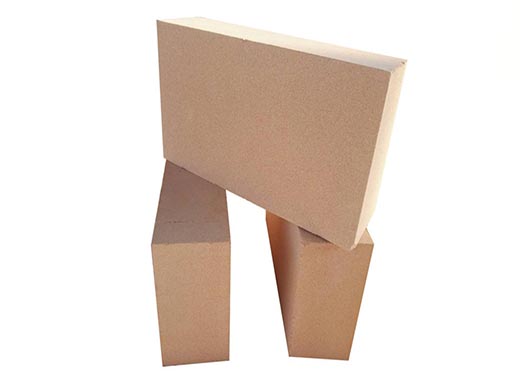
Advantages: Relatively low price, with certain high temperature resistance and good thermal insulation performance. Its production process is simple and widely available.
Disadvantages: Relatively low refractoriness, generally between 1610-1730℃, poor resistance to alkali erosion. Short service life in an environment with high alkali vapor concentration.
High alumina bricks
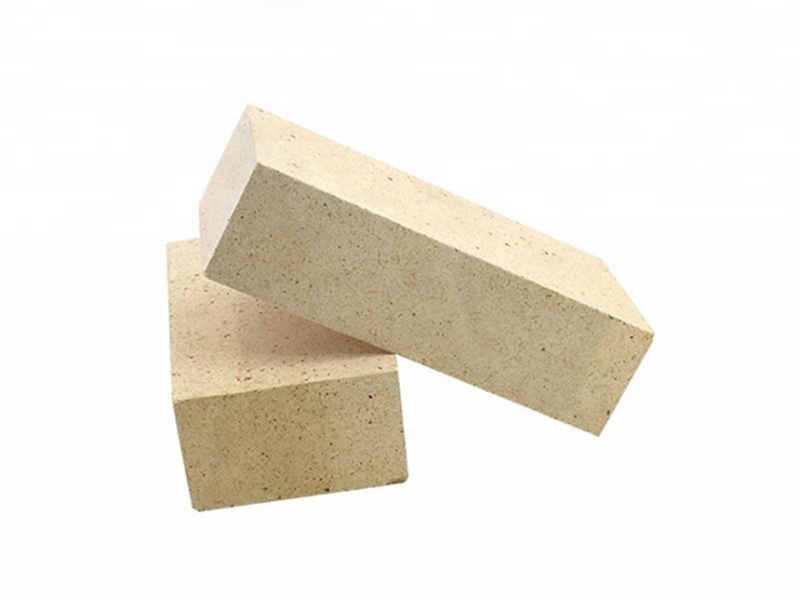
Advantages: High Al₂O₃ content (usually between 48%-90%), high refractoriness, up to 1750-1790℃. Stronger resistance to chemical erosion, especially alkali erosion, than clay bricks, and better thermal stability.
Disadvantages: Higher price than clay bricks, long-term use at high temperature may cause shrinkage, affecting the structural stability of the heat storage chamber.
Corundum bricks
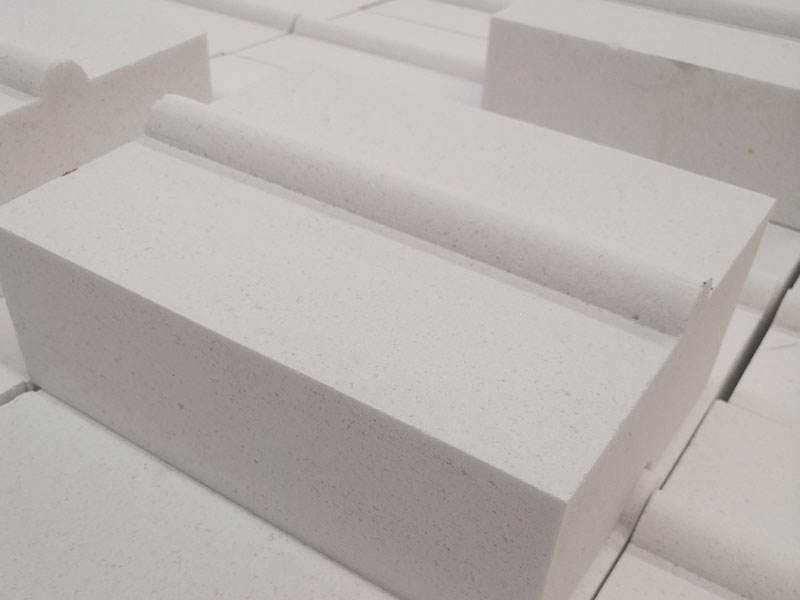
Advantages: Al₂O₃ content is above 90%, with extremely high refractoriness (generally greater than 1790℃), good resistance to chemical erosion and high mechanical strength. It can maintain good performance in harsh chemical environments and high temperature environments.
Disadvantages: expensive, relatively high thermal conductivity, and inferior thermal insulation performance to clay bricks.
Mullite Bricks
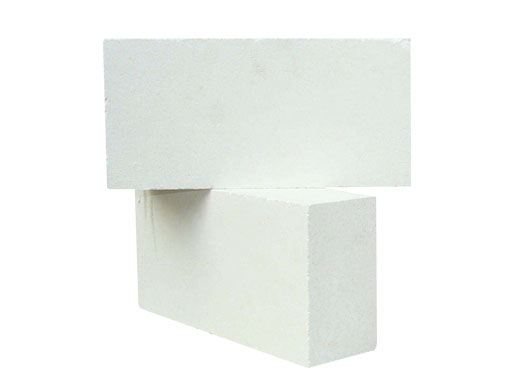
Advantages: The crystal structure of mullite (3Al₂O₃・2SiO₂) gives it good thermal shock resistance and high refractoriness (1780 – 1850℃), and it also has a certain resistance to alkali vapor.
Disadvantages: High production cost, and strength may not be as good as corundum bricks and magnesia bricks under certain extreme conditions.
Magnesia Bricks
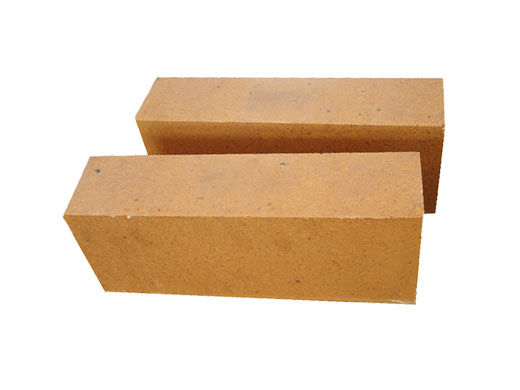
Advantages: It has high refractoriness (up to about 2000℃) and good mechanical strength, and can resist wear and airflow scouring at high temperatures.
Disadvantages: It is susceptible to moisture, has poor hydration resistance, and may undergo chemical reactions in an environment containing more acidic gases (such as SO₂, SO₃), resulting in performance degradation.
Selection Recommendations
Selection based on kiln type and operating parameters
For small glass kilns with low alkali content in exhaust gas and relatively small temperature changes, clay bricks or high-quality high-alumina bricks can be considered as the main refractory materials for the regenerator, which can reduce costs while meeting basic performance requirements. For large, advanced float glass kilns, due to their high temperature, high alkali vapor concentration, and high thermal efficiency requirements, high-performance refractory materials such as corundum bricks and mullite bricks should be used first to ensure the long-term stable operation of the regenerator.
Consider cost-benefit balance
When selecting refractory materials, we should not only consider the performance of the materials, but also the cost factors. For example, although corundum bricks have excellent performance, they are relatively expensive. If the temperature, chemical erosion and scouring effects in some non-critical parts of the regenerator are relatively small, clay bricks or high-alumina bricks with lower prices can be appropriately used, and high-performance refractory materials can be used in key parts. This can reduce the total cost of refractory materials while ensuring the overall performance of the regenerator.
Choose in combination with maintenance and replacement plans
Although some refractory materials have good initial performance, they may deteriorate rapidly after a period of use. If the maintenance cycle of the kiln is short and the regenerator refractory can be replaced in time, then some materials with relatively short service life but low price can be selected. On the contrary, if the maintenance of the kiln is difficult and the maintenance cost is high, refractory materials with long service life and stable performance should be selected, such as corundum-mullite composite bricks, which combine the advantages of corundum bricks and mullite bricks and have a long service life.


Send inquiry
Please Leave your message you want to know! We will respond to your inquiry within 24 hours!